Summary
The climate in Helena is characterized by cold winters and warm summers. The hydrology constituents of the city are mainly the Missouri River and Prickly Pear Creek. Outdoor recreation opportunities are abundant in and around Helena, including hiking, mountain biking, fishing, and skiing at nearby resorts such as Great Divide Ski Area. The city is also known for its access to public lands like Helena National Forest and Mount Helena City Park, which offer outdoor enthusiasts a chance to explore the natural beauty of the area. Overall, Helena is a great destination for nature lovers looking for an adventure in the great outdoors.
Weather Forecast
Helena receives approximately 279mm of rain per year, with humidity levels near 67% and air temperatures averaging around 7°C. Helena has a plant hardyness factor of 4, meaning plants and agriculture in this region thrive during a short period during spring and early summer. Most plants will die off during the colder winter months.
Area Campgrounds
| Location | Reservations | Toilets |
|---|---|---|
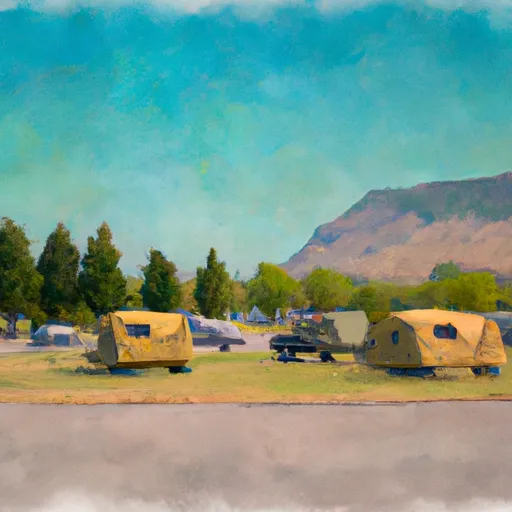 Fort Harrison RV Military - National Guard
Fort Harrison RV Military - National Guard
|
||
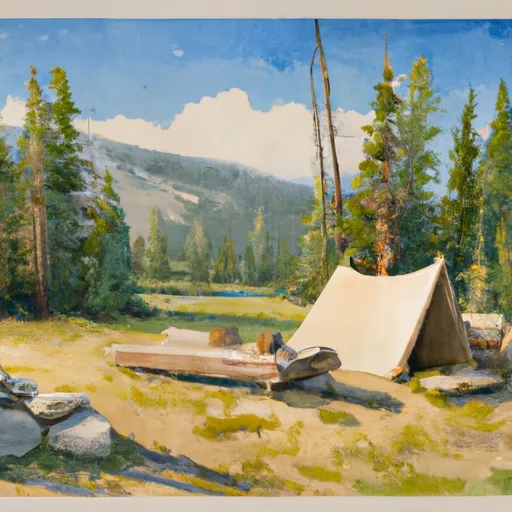 Moose Creek Cabin
Moose Creek Cabin
|
||
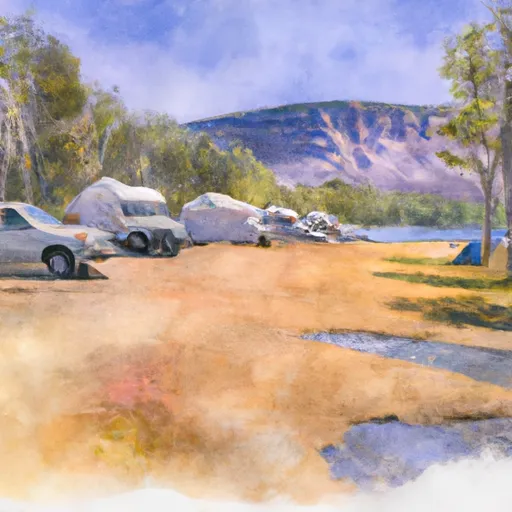 Park Lake campground
Park Lake campground
|
||
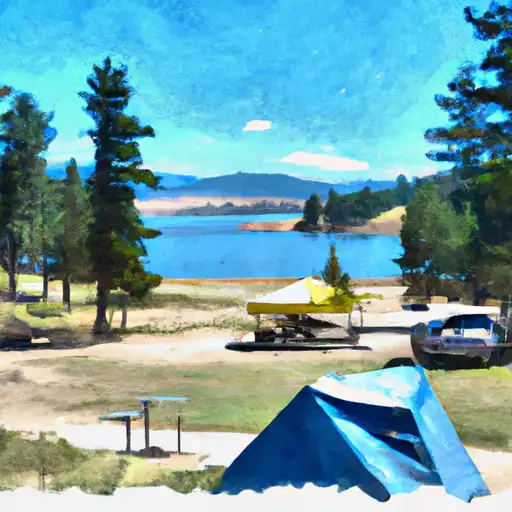 Park Lake
Park Lake
|
||
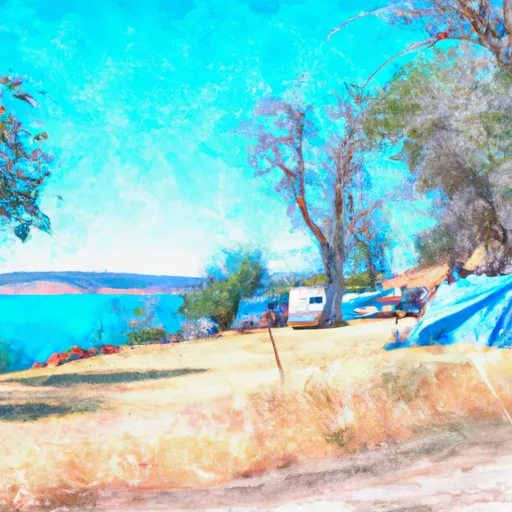 SPOKANE BAY
SPOKANE BAY
|

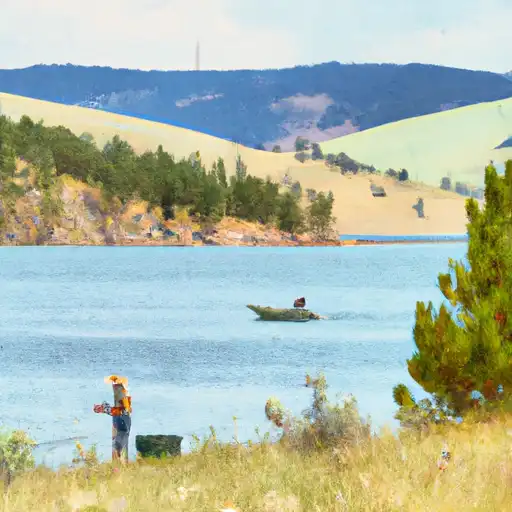 Helena Valley Regulating Reservoir
Helena Valley Regulating Reservoir
 Rattlesnake Creek
Rattlesnake Creek
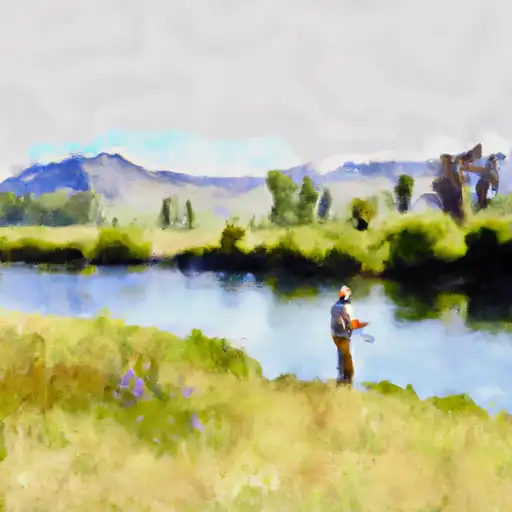 Silver Creek
Silver Creek
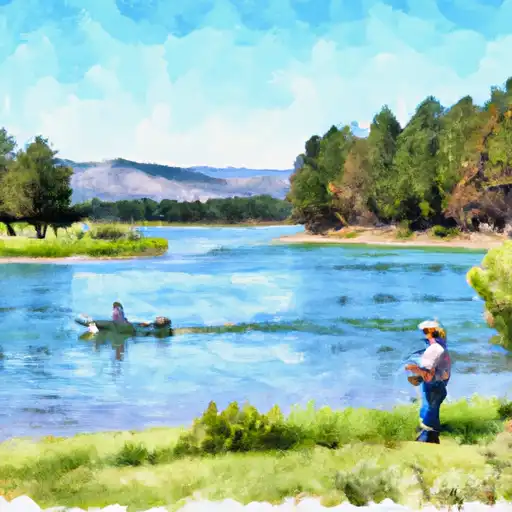 Park Lake
Park Lake
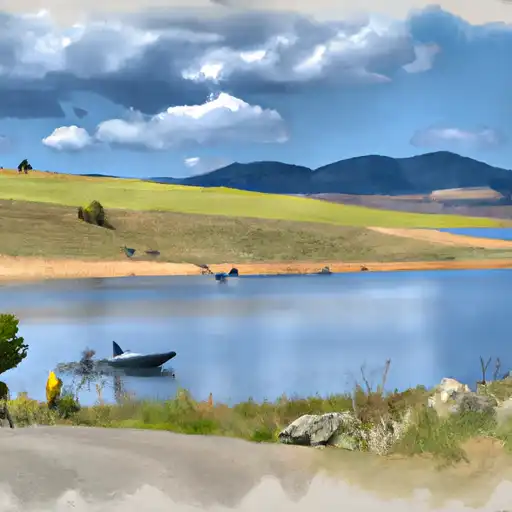 Hauser Reservoir
Hauser Reservoir